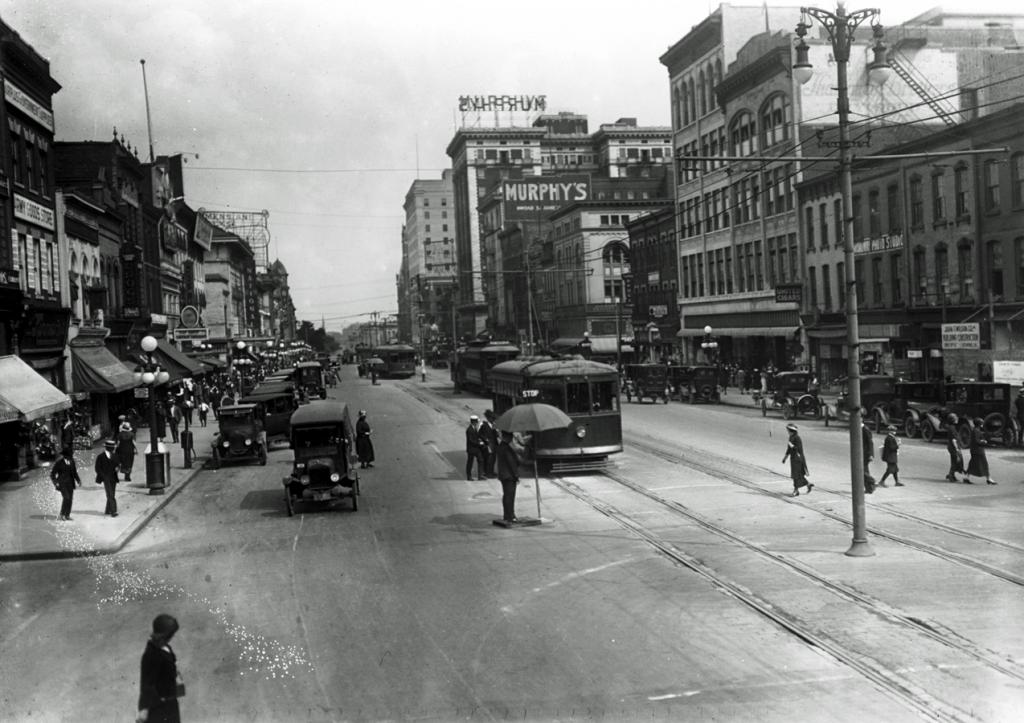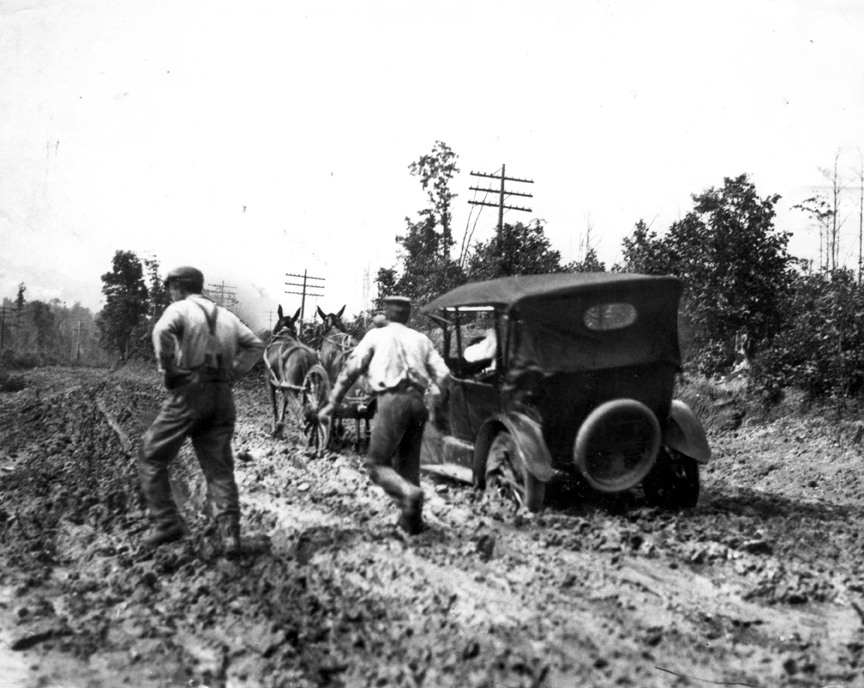With a past that includes Jamestown, the American Revolution, and the Civil War, it’s easy to forget more recent events in Virginia’s history, like those of the twentieth century. Yet looking back it could be said that Virginians’ lives changed more during those hundred years than in the three preceding centuries. Technological revolutions, increased urbanization, and advances in civil rights created the commonwealth we know today.
By 1900, cities were slowly growing, yet most Virginians still led rural lives and relied on agriculture for their livelihood. As the century unfolded, however, former sharecroppers and small farmers began migrating to such places as Danville to work in the textile industry or Richmond to participate in its booming tobacco economy. By 1920, the population of Newport News had skyrocketed as its Shipbuilding and Dry Dock Company became the largest employer in the state. That same year also marked the first time that the U.S. census listed more Americans living in cities and towns than the countryside, although it would take until 1950 for that statistic to hold true in Virginia.
Urbanization was facilitated by improvements to railroad and streetcar systems, but neither was as influential as the newest form of transportation, the automobile. In 1910 there were 2,705 motor vehicles registered in Virginia; by 1916 that number exceeded 37,000. Dirt roads that turned to mud when it rained were suitable for horses, but by 1921, when the Auto Club of America advised travelers driving from New York to Florida to bypass the state of Virginia, it was obvious that something needed to be done. Like the new services required in cities, such as waste removal and police protection, paving Virginia’s roads raised a question increasingly asked in the twentieth century. Who pays for what? Efforts led by state senator Harry F. Byrd defeated a 1922 highway bond referendum ensuring that Virginia’s road construction would be financed through taxes and licensing fees at a slow but debt-free pace.


